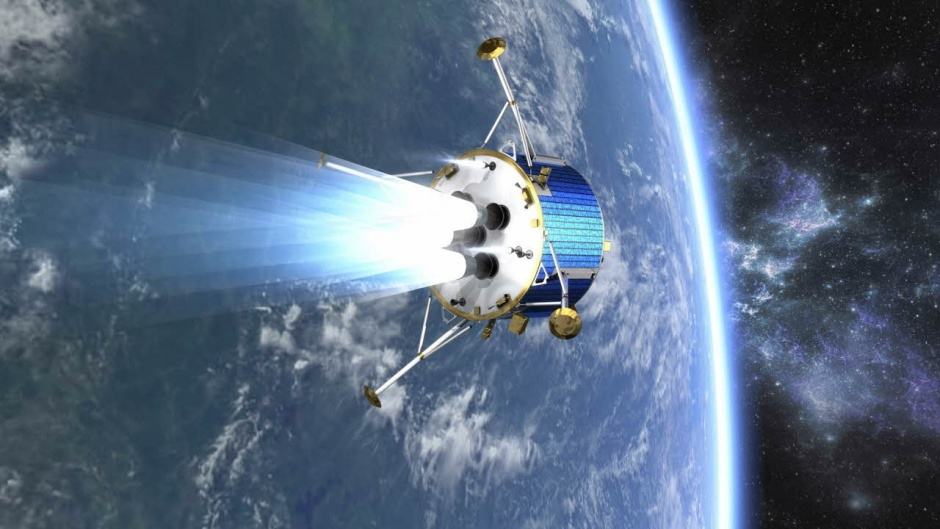Space Research Centre to lead radioisotope power source project
Leicester University is leading the development of radioisotope power sources that could help future space probes investigate distant and inhospitable environments.

A team from the Department of Physics and Astronomy’s Space Research Centre have built the first prototype 10W RTG (radioisotope thermoelectric generators) and 3W RHU (radioisotope heater units) that will use electrical heating to simulate the heat generated by an americium-241 source.
“Radioisotope power sources are an important technology for future European space exploration missions as their use would result in more capable spacecraft,” said project leader Richard Ambrosi, Professor of Space Instrumentation & Space Nuclear Power Systems at Leicester University. “Missions using nuclear power offer greater versatility in challenging environments, with one mission delivering the science that might only be achieved from several missions using solar power, with considerably longer operational lifetimes. In many cases nuclear systems can enable missions that would otherwise be impossible.”
National Nuclear Laboratory (NNL) is leading the production of americium-241 from the UK’s civil plutonium stocks, plus the development of the americium fuel in pellet form. NNL will provide the fuel for the power systems being developed by Leicester University and partners.
Register now to continue reading
Thanks for visiting The Engineer. You’ve now reached your monthly limit of news stories. Register for free to unlock unlimited access to all of our news coverage, as well as premium content including opinion, in-depth features and special reports.
Benefits of registering
-
In-depth insights and coverage of key emerging trends
-
Unrestricted access to special reports throughout the year
-
Daily technology news delivered straight to your inbox










Water Sector Talent Exodus Could Cripple The Sector
Well let´s do a little experiment. My last (10.4.25) half-yearly water/waste water bill from Severn Trent was £98.29. How much does not-for-profit Dŵr...